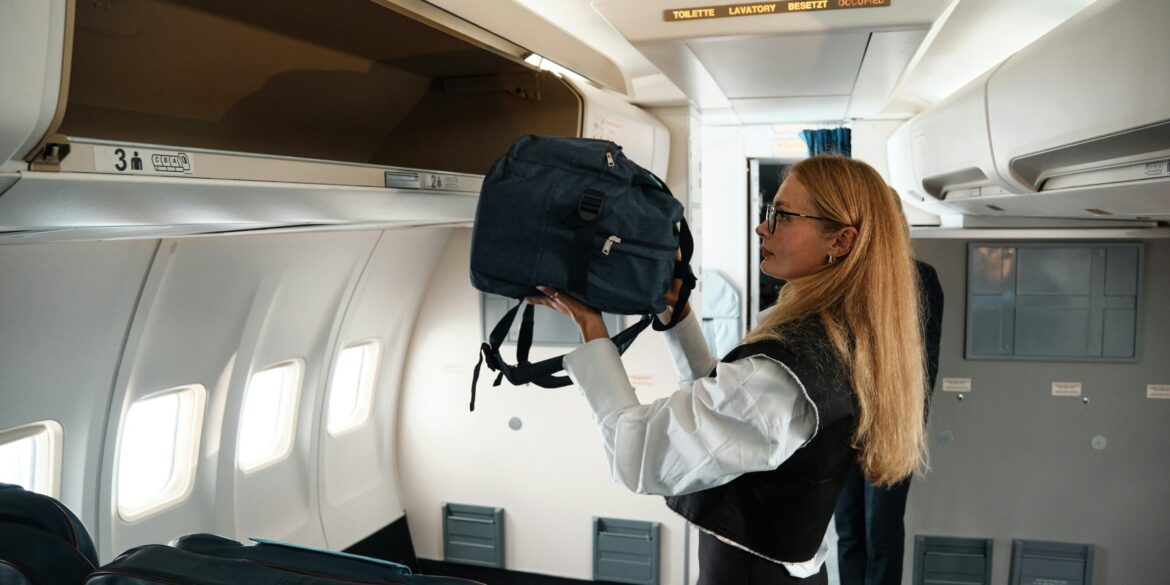Blue Origin’s NS‑34 mission, launched from West Texas on August 3, 2025, propelled six civilians—including cryptocurrency mogul Justin Sun and seasoned globe‑trotter Arvinder “Arvi” Singh Bahal—into suborbital space. The flight marked the company’s 14th crewed launch and the 34th New Shepard mission, underscoring Blue Origin’s steady growth in the commercial space tourism arena.
The roughly 11‑minute flight offered a few key minutes of weightlessness and panoramic Earth views beyond the Kármán line, reinforcing the emergence of space tourism as a niche yet tangible economic sector.
Beyond glamour and adventure, NS‑34 illustrates a growing economic blueprint for commercial space travel. Analysts highlight several revenue streams emerging in parallel with ticket sales: media rights, astronaut training, bespoke merchandise, and expanded infrastructure at launch sites. Blue Origin reportedly raised $28 million from Sun’s seat auction, which the company directed toward 19 STEAM‑focused charities, reflecting an intentional link between commercial spaceflight and educational outreach.
As flight frequency increases—NS‑34 was the company’s third crewed launch within two months—economic ripples extend beyond passengers. High‑tech demands for reusable rockets like New Shepard spur job creation across engineering, manufacturing, and maintenance sectors, including the development and refurbishment of BE‑3 engines.
Launch sites such as West Texas’s Launch Site One are seeing growing demand for hospitality services: hotels, training centers, visitor experiences. Local suppliers and specialized service firms are stepping in, fueling broader economic activity.
Blue Origin’s crew selection reveals more than just elite spending power. NS‑34’s team included Indian‑born investor Arvi Bahal, Turkish businessman Gökhan Erdem, Puerto Rican meteorologist Deborah Martorell, educator Lionel Pitchford, and entrepreneur J.D. Russell—an international, cross‑sectoral group that elevates the image of space tourism beyond celebrity flights. At 80 years old, Bahal, who has traveled to every country on Earth, represents an extreme‑endurance, lifelong explorer. His participation in NS‑34 underscores the idea that space tourism can appeal beyond the traditional tech billionaire archetype.
The inclusion of figures like Sun and Bahal aligns with market research predicting the space tourism industry will grow from around $1 billion in 2024 toward $8–9 billion by 2030–33, with anticipated CAGR rates in the 37–45 percent range.
While NS‑34 signals maturity in Blue Origin’s operations, competition is intensifying. Virgin Galactic and SpaceX each offer alternative tourism models—Virgin focusing on suborbital shuttle-like flights, SpaceX providing longer-duration orbital trips, potentially influencing Blue Origin’s pricing and service models. Although Blue Origin hasn’t publicly released regular ticket pricing, estimates suggest comparable costs to Virgin—on the order of $250,000 to $600,000 per seat—likely placing it outside reach for most consumers for now.
Future success may depend on Blue Origin’s ability to scale flights efficiently, maintain its impeccable safety record, and engage regulators—including FAA and NASA—to establish clearer operational frameworks for increased commercial cadence.
The rise of space tourism is galvanizing new industries: simulation training academies, mission‑themed hospitality near pads, public‑private partnerships for STEM outreach, and even space‑centric merchandise and media content. These developments may generate thousands of new jobs and support high-tech innovation investments.
Space tourism is also becoming a magnet for intense media coverage and sponsorship, reinforcing its appeal as a storytelling and branding platform. Coverage of NS‑34 reception statements—such as Sun’s reflection on Earth’s fragility and Bahal’s lifelong exploration narrative—adds public resonance beyond ticketholders.
Blue Origin’s certification of a second crew capsule and its steady launch pipeline suggests readiness for higher passenger volumes, though demand remains anchored in the ultra‑wealthy tier. As SpaceX’s orbital tourism capabilities come online, Blue Origin may need to innovate suborbital experiences such as longer weightlessness or luxury cabins to retain relevance. Launch-region investment in roads, lodging, training, and support services can bring sustained local benefits in places like Van Horn, Texas, and potential future West Coast and Florida launch sites. With flight frequency mounting, Blue Origin will work closely with regulators to refine safety protocols, environmental compliance, and standardized operational norms.
Blue Origin’s NS‑34 mission on August 3, 2025 reflects more than a unique travel experience—it stands as a concrete indicator of space tourism’s economic trajectory. The flight not only generated nearly $28 million for charitable STEM initiatives but also strengthened Blue Origin’s brand, catalyzed local economic activity, and mapped a path toward new industries spanning aerospace supply, hospitality, training, and media.
If sustained with prudent scaling, regulatory clarity, and competitive innovation, space tourism could evolve from high‑end novelty into a meaningful multi‑billion‑dollar global sector by the early 2030s—bringing transformative ripple effects to technology, education, and regional economies.
As the sector unfolds, missions like NS‑34 illustrate the potent blend of tourism, entertainment, philanthropy, and cutting‑edge aerospace—a lift‑off not just for rockets, but for the wider space economy.

